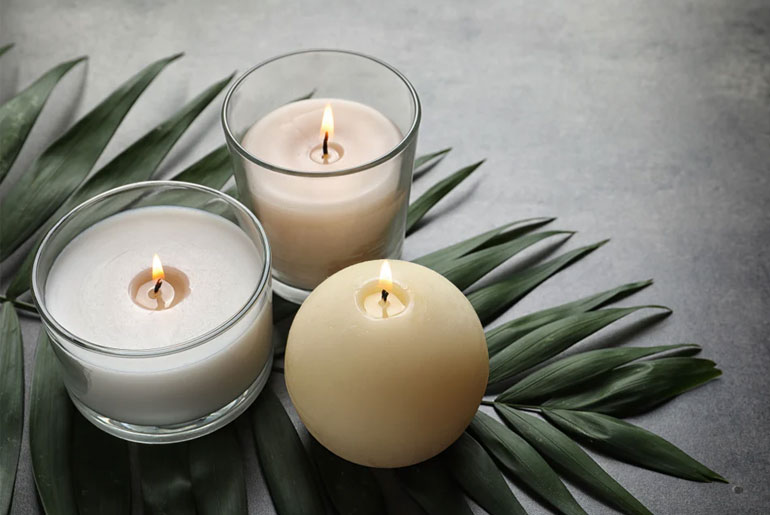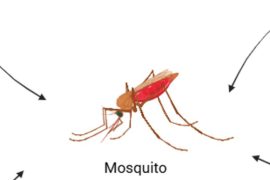The study from Aarhus University’s Department of Public Health highlights a potentially concerning aspect of indoor air quality and its impact on the health of young individuals with mild asthma, specifically those aged between 18 and 25. While the scene of a well-set table, a sizzling steak in a pan, and romantic candlelight may create a delightful atmosphere, this research underscores the importance of being cautious about the air quality in such settings.
Karin Rosenkilde Laursen, a postdoc at the department and co-author of the study, said, “Our study shows that indoor air pollution caused by fumes from cooking and burning candles can lead to adverse health effects such as irritation and inflammation in young individuals with mild asthma. Among other things, weâ¿¿ve found indications of DNA damage and signs of inflammation in the blood.”
The study reveals that when common household activities like using the oven, cooking on the stovetop, or lighting candles are carried out, they can lead to the production of ultrafine particles and gases. These particles and gases are then inhaled by individuals in the vicinity. Previous research has already established that exposure to these indoor pollutants can have adverse effects on health.
What sets this study apart is that the researchers have focused on the effects on young individuals with mild asthma, aged between 18 and 25, says Karin Rosenkilde Laursen:“In the study, we observed that even very young individuals with mild asthma can experience discomfort and adverse effects if the room is not adequately ventilated during cooking or when burning candles. Young people are generally fitter and more resilient than older and middle-aged individuals. Therefore, it is concerning that we observed a significant impact from the particles on this particularly young age group.”
What distinguishes this particular study is its focus on young individuals with mild asthma. Asthma is a respiratory condition characterized by airway inflammation and increased sensitivity to certain triggers, which can lead to symptoms such as wheezing, coughing, and shortness of breath. The researchers sought to understand how exposure to indoor air pollutants, including ultrafine particles and gases, might affect this specific group.
The findings of this study may have implications for understanding the potential health risks associated with everyday household activities. It emphasizes the importance of maintaining good indoor air quality and proper ventilation to mitigate exposure to harmful pollutants, especially for individuals with respiratory conditions like asthma. It serves as a reminder that even seemingly cozy and enjoyable indoor settings may harbor hidden risks to respiratory health.
But not only people diagnosed with asthma need to keep an eye on the indoor climate, she says.“Even though the study focused on young asthmatics, its findings are interesting and relevant for all of us. Winter is approaching, a time when we tend to light many candles and perhaps are less likely to open doors and windows while cooking. By prioritising a healthier indoor climate, even when we’re cosying up indoors, we may be able to help reduce the incidence of serious lung and cardiovascular diseases, as well as cancer.”
Disclaimer:
The information contained in this article is for educational and informational purposes only and is not intended as a health advice. We would ask you to consult a qualified professional or medical expert to gain additional knowledge before you choose to consume any product or perform any exercise.







